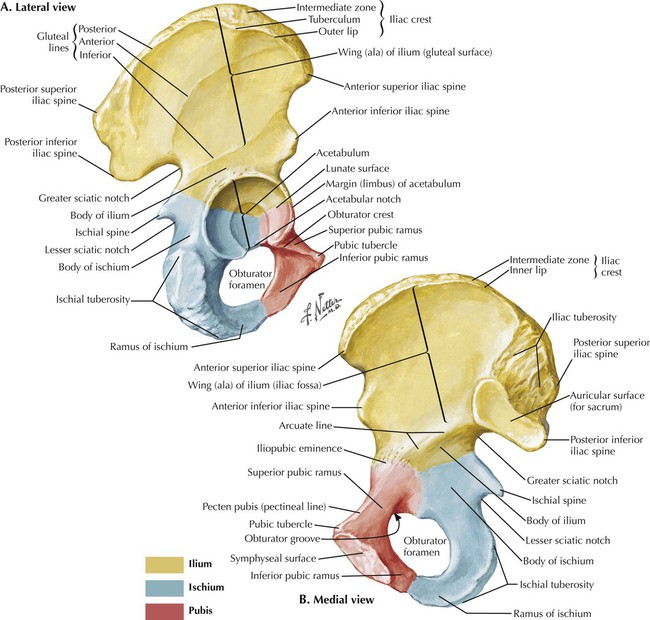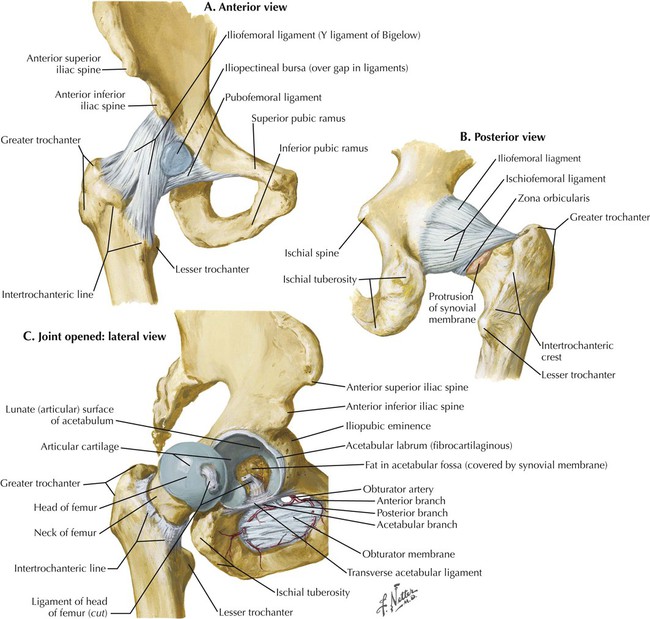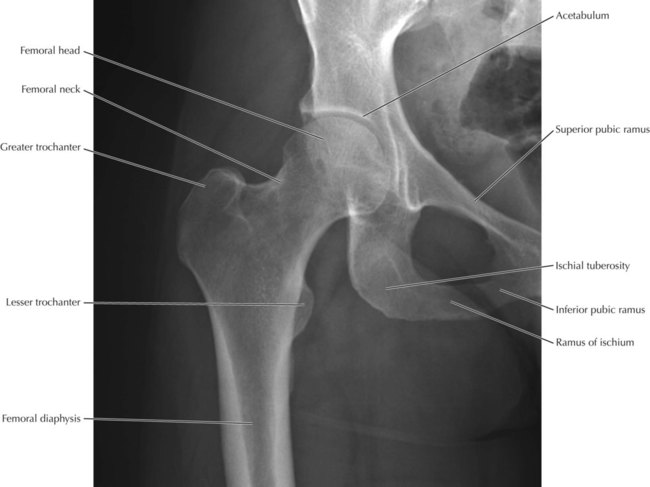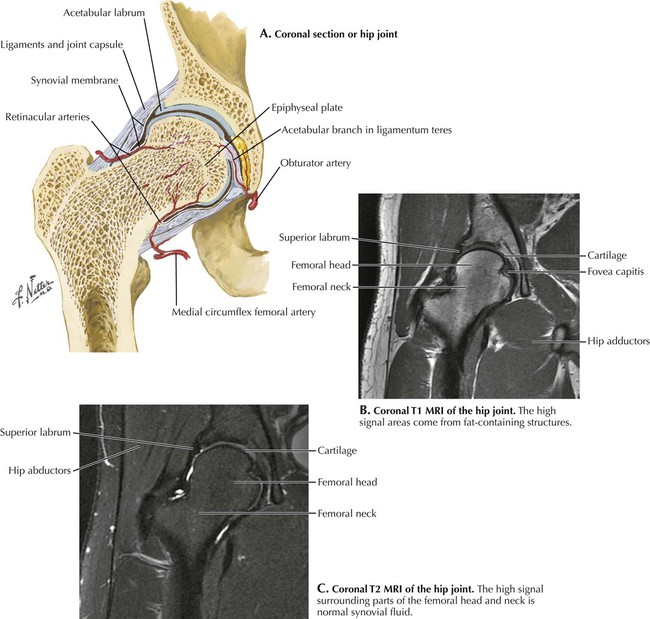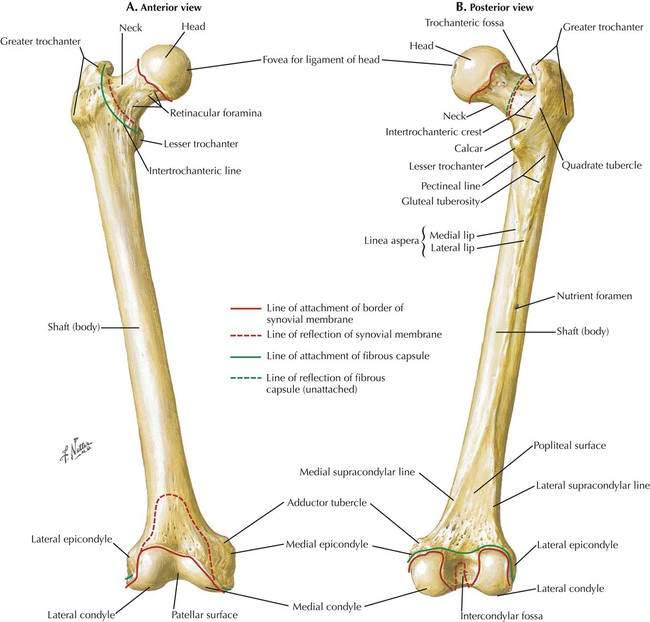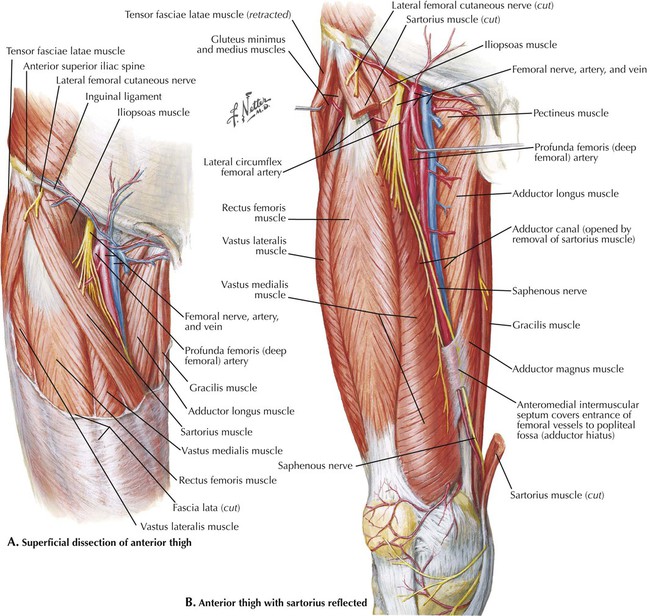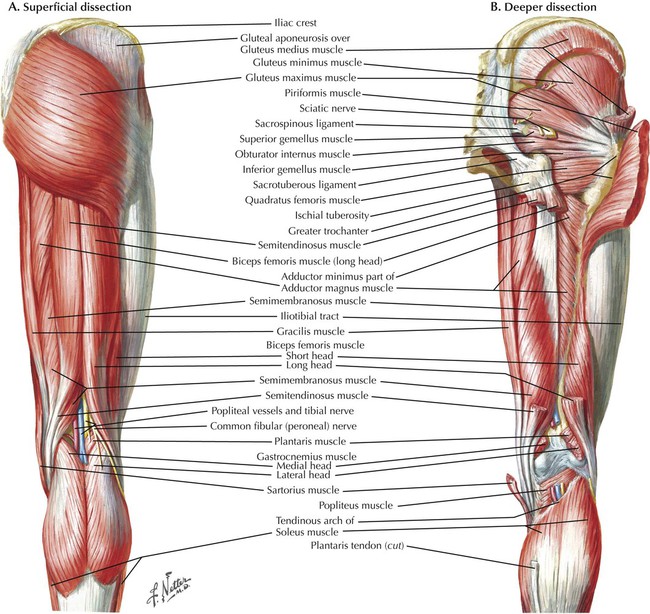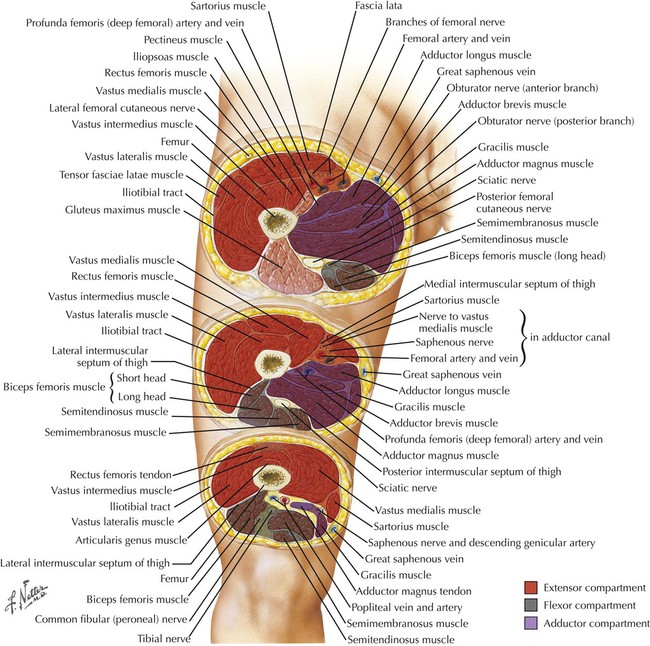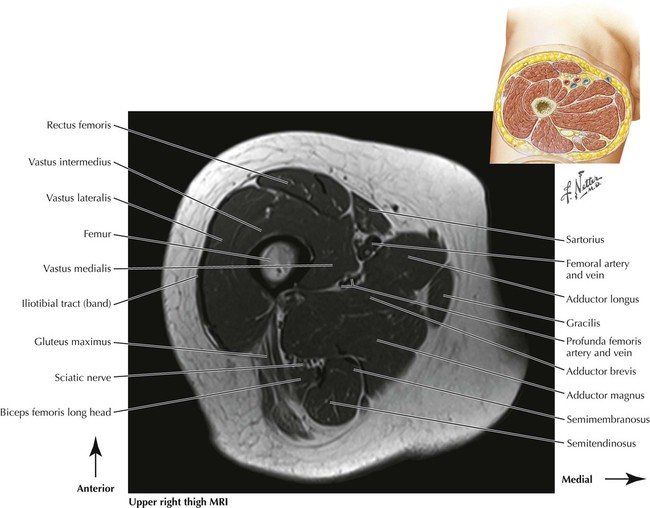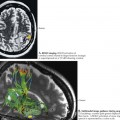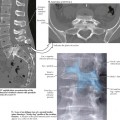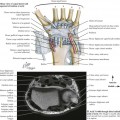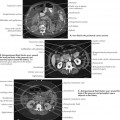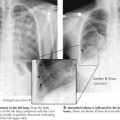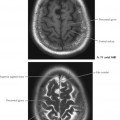7.1. HIP (COXAL OR INNOMINATE) BONE 7.4. IMAGING STUDIES OF THE HIP JOINT 7.6. MUSCLES OF THE THIGH: ANTERIOR VIEW 7.7. MUSCLES OF THE THIGH: POSTERIOR VIEW 7.8. THIGH SERIAL CROSS SECTIONS 7.10. MIDDLE RIGHT THIGH T1 MRI 7.11. LOWER RIGHT THIGH T1 MRI 7.12. KNEE AND KNEE JOINT OVERVIEW 7.16. SAGITTAL SECTION OF THE KNEE JOINT AND T2 MRI 7.17. CORONAL AND AXIAL T2 MRI STUDIES OF THE KNEE 7.18. ARTERIES OF THE THIGH AND KNEE 7.19. MAGNETIC RESONANCE ANGIOGRAPHY OF THE THIGH 7.21. MUSCLES OF THE LEG: ANTERIOR VIEW 7.22. MUSCLES OF THE LEG: POSTERIOR VIEW 7.23. MUSCLES OF THE LEG: LATERAL VIEW 7.24. LEG CROSS SECTION AND FASCIAL COMPARTMENTS 7.25. AXIAL T1 MRI THROUGH THE LEG 7.26. VASCULAR STUDIES OF THE LOWER EXTREMITY: CTA/MRA OF THE LEG AND LOWER EXTREMITIES 7.27. DIGITAL SUBTRACTION ANGIOGRAPHY OF THE RIGHT LOWER EXTREMITY 7.28. BONES OF THE FOOT: SUPERIOR AND INFERIOR VIEWS 7.29. BONES OF THE FOOT: MEDIAL AND LATERAL VIEWS 7.31. CORONAL T1 AND T2 MRI OF THE ANKLE 7.32. SAGITTAL T1 AND T2 MRI OF THE ANKLE
Lower Limbs
Radiology Key
Fastest Radiology Insight Engine

